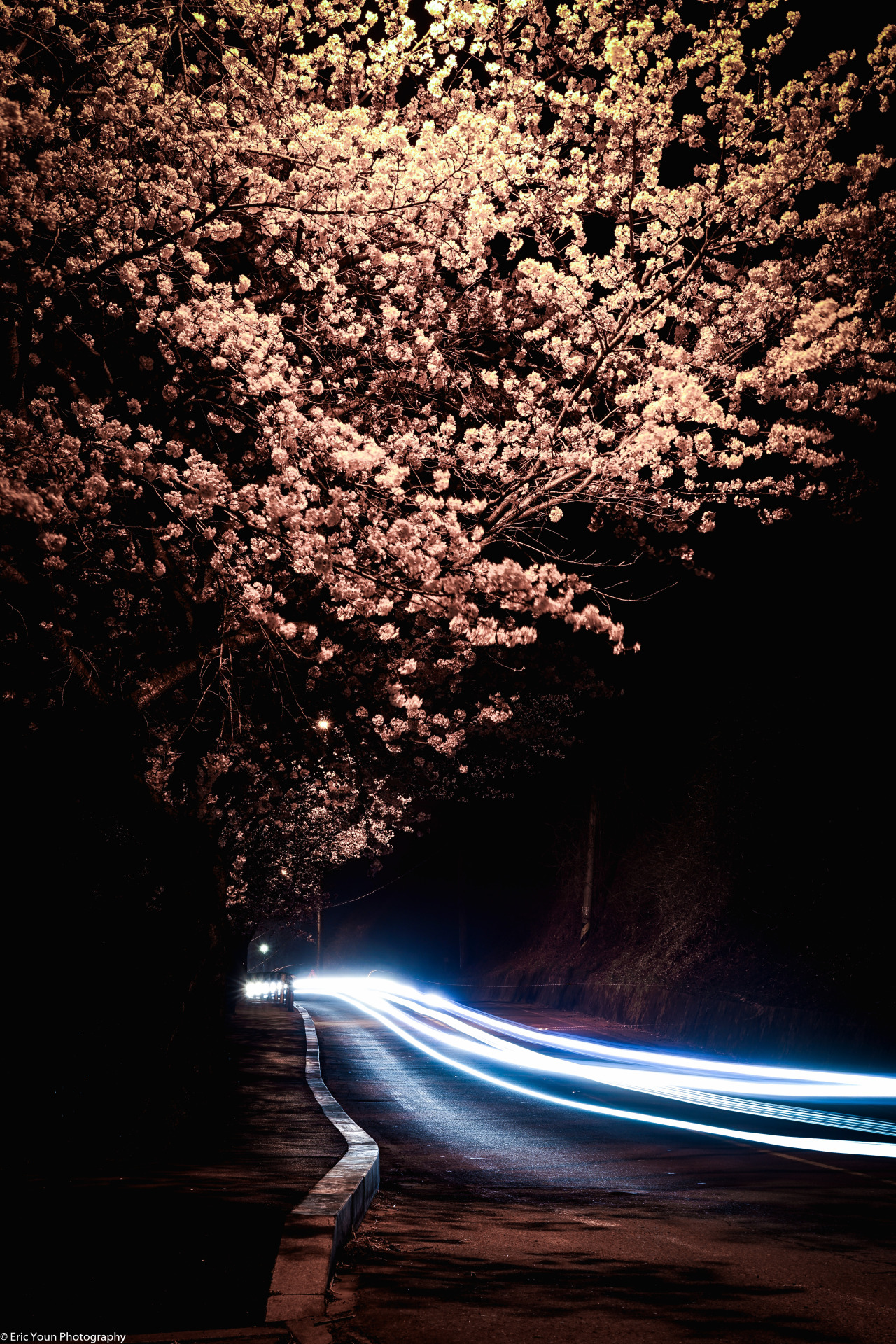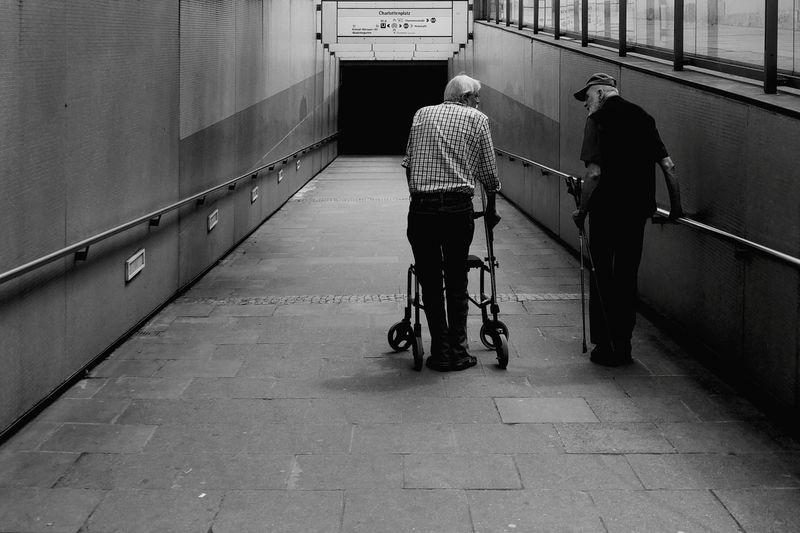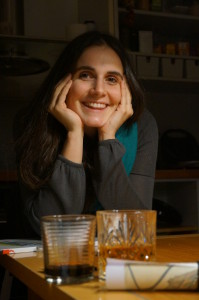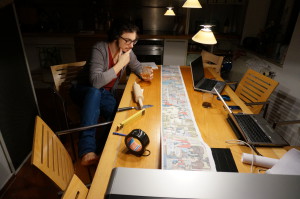
Recently, someone told me that “there’s a reason why books have pages and scrolls are not longer used”. Although I was a bit vexed at first, I must admit that this person – a book binder for the record – had a point.
Historically, the book, bound of single pages, was a great evolution. It transformed the way information was stored and for the purpose of having huge amounts of texts assembled in a way which makes looking up single parts easy it definitely was better suited than the scroll (most text scrolls where made of single sheets of paper pasted one to another and rather difficult to handle – although, as is shown in this video, many people really had difficulties with their first book :)).
But then, what happened? The e-book came around and the whole publishing industry trembled. And, truth be told, the e-book is even better suited than the normal book for making huge amounts of information easily available – hundreds of books stored on one device, the most efficient search algorithms and a whole lot of weird interconnectedness with everything: music, pictures, videos, dictionaries, you name it.
More than the death of the printed book, the e-book is the liberation of the book from the overwhelming compulsion of being something practical. If you want something to read texts easily, you can go and get yourself an e-reader and the printed book can finally take new shapes and tell stories in new ways, adapt to it’s content with less restrictions.
That is exactly what the book – and the publishers – have been up to in the last years and at least one reason why e-book sales are slowly flattening out (as recently published in the New York Times).
And so, yes there is a reason why scrolls have been the privilege of archeologists, asian art aficionados and pre-film avant-garde thinkers but now the time has come for everyone to explore the literally endless space they offer us to tell stories in a whole new way.
















